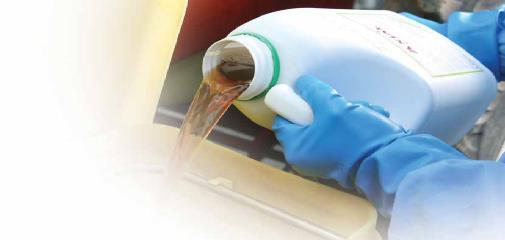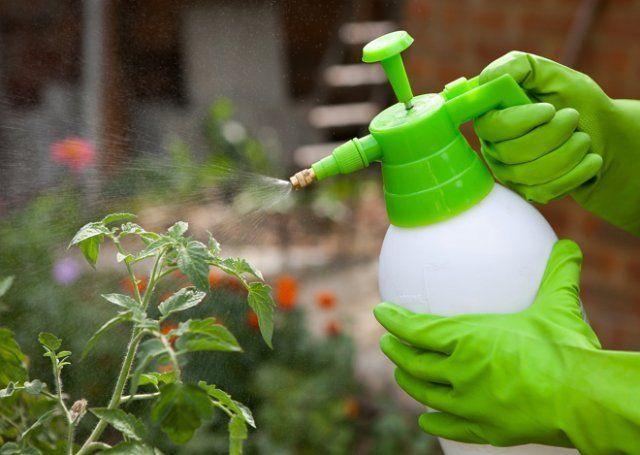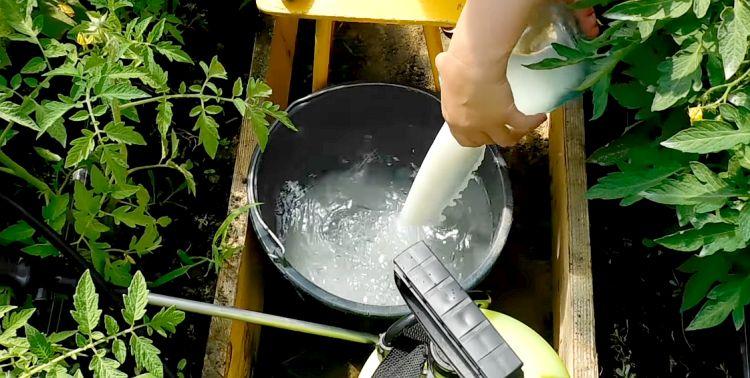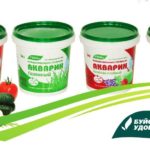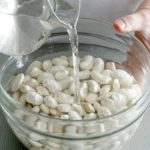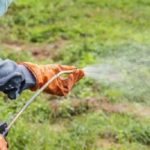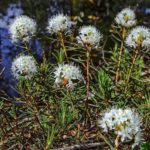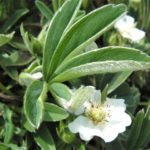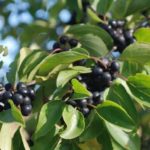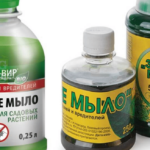Herbicides with selective action help destroy many types of weeds in vegetable crops. Let's consider the action and purpose of "Metribuzin", the composition and form of release, the use of the product according to the instructions. How to work with the drug according to safety precautions, what it can be combined with, how and for how long to store it. What substitutes exist for this product?
Composition and release form of the herbicide
Metribuzin belongs to the triazinone class and is the active ingredient in herbicides.Available in the form of water-dispersible granules, concentrated suspension and wettable powder. In terms of action, it is a selective type drug; in terms of the method of penetration into plants, it is a systemic pesticide. Preparations with metribuzin are used by spraying.
Spectrum and mechanism of action of the product
"Metribuzin" is used to destroy 1-year-old 2-lobed weeds and the cereal family in areas with tomatoes, potatoes, 2nd season alfalfa, soybeans and echinacea, and essential oil rose. The substance works as a photosynthesis inhibitor and is absorbed by leaves and roots. Decomposes in soil in 1-3 months.
Instructions for use of the drug "Metribuzin"
On tomatoes, Metribuzin is used on young plants at the 2-4 leaf stage; in potato plots, the soil is sprayed until germination. The consumption of the solution depends on the soil characteristics and the time when the treatment occurs. On light soils with a small fertile layer, the norm is lower than on fertile or clay soils. It is recommended to take the largest volume when spraying the soil, and the minimum when spraying tomato seedlings.
On alfalfa, treatment is done in the spring, before the plants begin to grow, or when the plants reach a height of 10-15 cm. On roses, the soil in the rows is sprayed before the growing season begins. Effective period: 6-8 weeks, the period varies depending on the type of soil, its level of heating and humidity. The herbicide "Metribuzin" does not cause phytotoxicity in many popular potato varieties. The destruction of weeds in the early stages ensures that crops receive nutrients, light and water in full.
Safety precautions
"Metribuzin" belongs to drugs with class 4 toxicity for humans and bees, that is, slightly toxic. Products with this toxicity class almost do not cause poisoning or irritation, but you still need to work with them using safety glasses, gloves and a respirator. Protective devices must be worn when working with the solution and during spraying, and should not be removed during work. After work, you need to wash your hands and face with soap and water and rinse the sprayer.
If there are signs of intoxication, you need to drink activated carbon in the amount of 1 g per 1 kg of weight, wash it down with water and then induce vomiting. If the solution gets on the skin, mucous membranes or eyes, also rinse these areas with water.
Compatibility with other substances
Metribuzin is well compatible with many pesticides in tank mixtures. Before mixing, you need to check the compatibility of the products in a separate container by mixing a little of both drugs.
Storage conditions and periods
The herbicide shelf life is 3 years at temperatures from 0 °C to +35 °C. The drug should be stored in a closed original container, in warehouses for storing pesticides. After the shelf life is completed, the herbicide must be disposed of. Store the product solution for no longer than 1 day.
What can be replaced
Herbicides with metribuzin are used in agriculture: “Artist”, “Zino”, “Zontran”, “Contact”, “Zenkor Ultra”, “Zenkoshans”, “Rangoli-Guillotine”, “Soil”, “Lazurit Super”, “ Metrifar", "Tiron", "Lazurit", "Torero", "Zenkor Techno", "Unimark". Herbicides can be used in private household plots: “Zenkor Ultra”, “Lazurit”, “Zontran”, “Lazurit T”.
"Metribuzin" protects tomatoes and potatoes from common types of weeds, including acorn grass, purslane, ragweed, knotweed, and thistle. The drug is used sparingly, so it can be beneficial for use both in households and on large farm areas. Protects plants from weeds for 1.5-2 months, which allows them to grow to a stage where weeds are not dangerous. The herbicide is not phytotoxic, not harmful to the soil, and not toxic to humans and bees. The frequency of treatment is 1 for nightshades and 2 for alfalfa, soybeans and echinacea.

